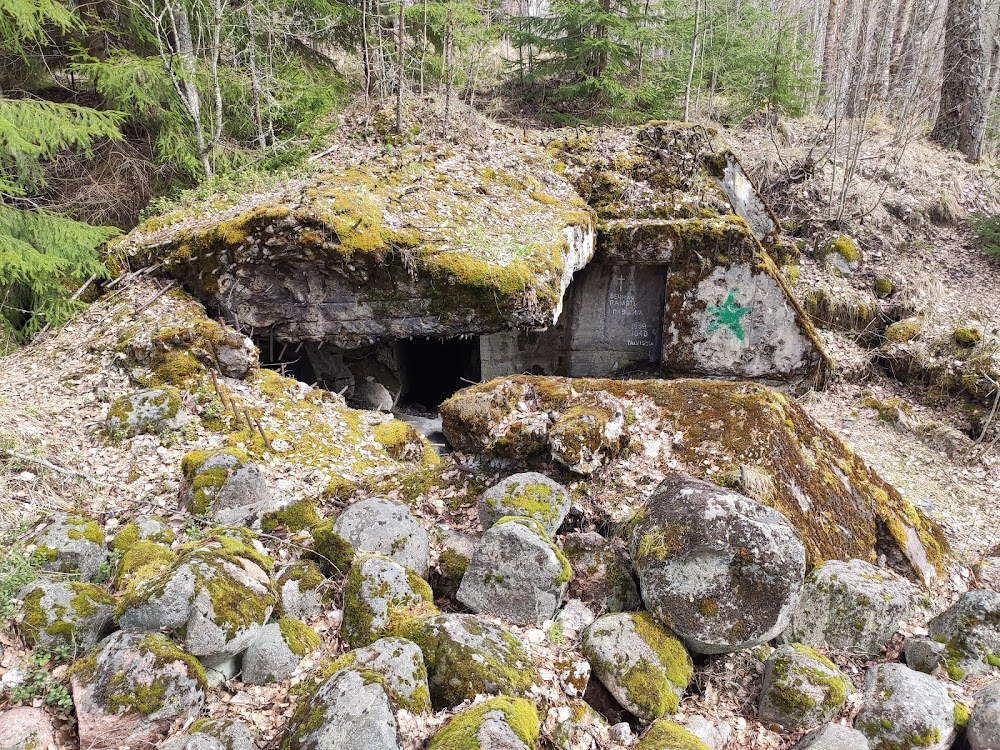The Road to War Filming Locations

Where was The Road to War filmed? The Road to War was filmed in 16 locations across United Kingdom, France, Germany, Poland, United States, Russia and Austria in the following places:
The Road to War Filming Locations
Acocks Green is a suburban area and ward of southeast Birmingham, England. It is named after the Acock family, who built a large house there in 1370. It is occasionally spelled "Acock's Green". It has frequently been noted on lists of unusual place names.
Cologne, a 2,000-year-old city spanning the Rhine River in western Germany, is the region’s cultural hub. A landmark of High Gothic architecture set amid reconstructed old town, the twin-spired Cologne Cathedral is also known for its gilded medieval reliquary and sweeping river views. The adjacent Museum Ludwig showcases 20th-century art, including many masterpieces by Picasso, and the Romano-Germanic Museum houses Roman antiquities.
Dachau is a town in the Upper Bavaria district of Bavaria, a state in the southern part of Germany. It is a major district town—a Große Kreisstadt—of the administrative region of Upper Bavaria, about 20 kilometres north-west of Munich.
Gdańsk (Danzig in German) is a port city on the Baltic coast of Poland. At the center of its Main Town, reconstructed after WWII, are the colorful facades of Long Market, now home to shops and restaurants. Nearby is Neptune Fountain, a 17th-century symbol of the city topped by a bronze statue of the sea god. Gdańsk is also a center for the world’s amber trade; boutiques throughout the city sell the ossified resin.
Gliwice is a city in Upper Silesia, in southern Poland. The city is located in the Silesian Highlands, on the Kłodnica river. It lies approximately 25 km west from Katowice, the regional capital of the Silesian Voivodeship.
Magnitogorsk is an industrial city in Chelyabinsk Oblast, Russia, on the eastern side of the extreme southern extent of the Ural Mountains by the Ural River. Its population is currently 410,594.
Vienna, Austria’s capital, lies in the country’s east on the Danube River. Its artistic and intellectual legacy was shaped by residents including Mozart, Beethoven and Sigmund Freud. The city is also known for its Imperial palaces, including Schönbrunn, the Habsburgs’ summer residence. In the MuseumsQuartier district, historic and contemporary buildings display works by Egon Schiele, Gustav Klimt and other artists.
Zamość is a historical city in southeastern Poland. It is situated in the southern part of Lublin Voivodeship, about 90 km from Lublin, 247 km from Warsaw. In 2021, the population of Zamość was 62,021. Zamość was founded in 1580 by Jan Zamoyski, Grand Chancellor of Poland, who envisioned an ideal city.
The Road to War (1989)
A thoughtful, detailed exposition of how and why the end of the Great War led inevitably to the Second World War, the most horrific in human history. Narrated by the great journalist Eric Sevareid.



